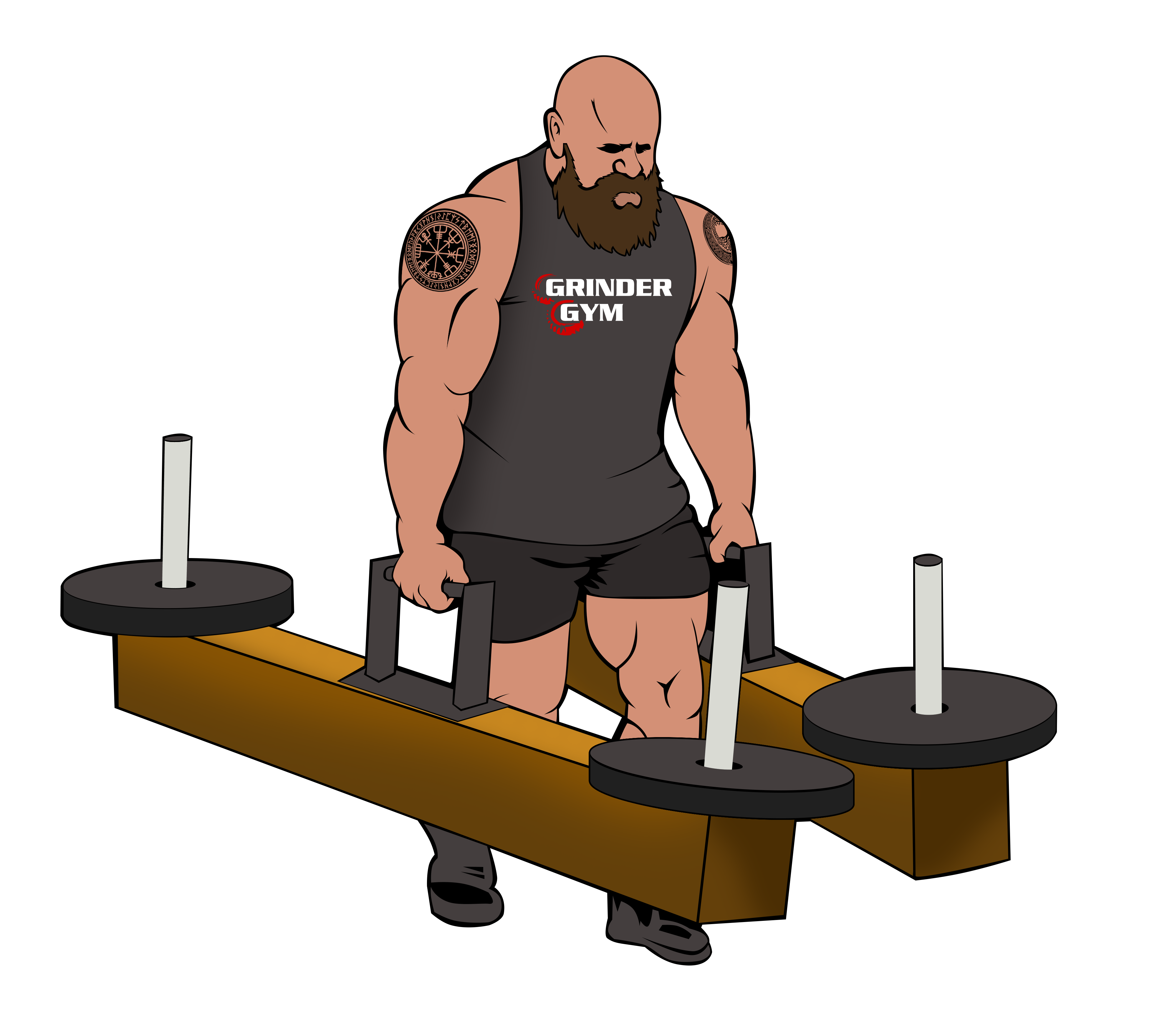Introduction
The Every Other Day Diet, often referred to as the QOD or EODD diet, actually refers to two diets, which are similar in their approach to weight loss. Retired kidney specialist, Dr. John Daugirdas wrote The QOD Diet (QOD), and former overweight turned-fitness-experts Jon Benson and Janis Hauser collaborated on The Every Other Day Diet (EODD). Though the programs vary slightly, both are based on the idea of caloric cycling to lose weight. While Dr. Daugirdas cautions that the program is not suited for everyone, Benson and Hauser claim almost anyone can do it, and even go so far as to offer a money-back guarantee to sweeten the deal.
Other similar weight loss approaches following the same principle of caloric cycling include the Alternate Day Diet, Intermittent Fasting, Fasting Every Other Day, and the Longevity Diet. Given that both approaches are similar, they are reviewed jointly in broad terms here. If you would like to research either plan and compare the pros and cons of each, it would be best to read their books and check out each plan’s website.
Promise
You can lose weight at a faster pace, without having to go through the hardships of a traditional diet plan.
Premise
By using caloric cycling, participants are able to keep their metabolism high and effectively burn more calories, ultimately leading to weight loss.
Program Overview
Daugirdas and Benson support the idea of caloric cycling and put forth a cycle of eating that spans a typical seven-day period. The idea is for participants to maintain a high metabolism so that the body burns fat for energy instead of storing it.
While the approach is similar, the difference is found in the execution. For the QOD, Daugirdas believes participants should eat normally for one day, and then follow that with one day of very light eating. Very light eating is defined as eating no more than 300 and 400 calories. If you are not active, no more than 300 non-protein calories are allowed, whereas if exercising, you are allowed 400. Daugirdas provides a so-called protein allowance to control hunger and maintain muscle mass.
The EODD from Benson also has what he refers to as burn and feed days. On burn days, participants consume fewer calories than the body requires. This is generally anywhere from one-half to two-thirds of your baseline caloric intake. Participants eat low-calorie foods, like veggies and other fiber-rich foods, and eat plenty of lean proteins. Participants on a feed day are allowed to eat their favorite foods and consume more calories than they would typically need. Women, can consume between 1,200 and 1,800 calories, and men can eat between 1,800 and 2,400 calories. Benson’s weekly cycle follows along the lines of 2 days feed, 2 days burn, 1-day feed, and 2 days burn.
Plan Strengths
Participants in both plans find this approach easy to follow. Calorie counting is not necessary, and portion sizing is not an exact science. For example, Benson’s EODD program tells participants to use their hands to measure portions, i.e. protein should equal the size of their palm and condiments the length of their thumb.
Others are attracted to the idea that they do not have to give up the foods they like to eat. Sure, they cannot consume mass amounts and expect to lose weight, but the idea of still being able to eat pizza, ice cream, and chocolate, but in moderation, is not just attractive but potentially psychologically appealing to many folks.
Both Benson and Daugirdas put emphasis on physical activity, especially if the goal is to lose weight. For Daugirdas, the exercise of choice is walking and he recommends walking at least two miles every day. For Benson, cardio is highly recommended.
Plan Weaknesses
Daugirdas cautions his approach is not for everyone and that individuals suffering from diabetes, heart disease, and kidney disease should not follow this diet. The diet is also not suitable for individuals needing to lose more than 25 pounds. Additionally, Daugirdas is upfront is stating that the diet has not been tested extensively.
Benson’s version promises you can lose up to 21 pounds in 21 days; however, this rapid weight loss is not in line with the recommended weight loss guidelines of 1 to 2 pounds per week. Therefore, the likelihood of gaining weight back once you get off the diet is high.
Some participants have reported feeling tired and experiencing difficulty carrying out everyday normal activities on the low calories days. Constipation is also a likely side effect on days when food intake is reduced, but this is easily corrected by just consuming a larger amount of dietary fiber.
Conclusion
The approach put forth in both the EODD and QOD is probably going to result in weight loss for the majority of people who try the program, though it is not necessarily because of some secret magic formula for jump-starting your metabolism. Limiting caloric intake and exercising are the stars of weight loss here, and are in most any successful weight loss approach for that matter.
For those looking for rapid weight loss, you may have little to lose in trying the program, especially given the fact that Benson offers a 60-day money-back guarantee for his EODD program. However, long-term weight loss may likely not be sustainable, if you ever decide to go off the diet.
The information provided here is for educational or informational purposes only. Dave DePew does not endorse any of the programs/services reviewed here.
Additional Resources
Every Other Day Diet (Benson) – www.everyotherdaydiet.com
QOD Diet (Daugirdas) – www.eatquod.com
